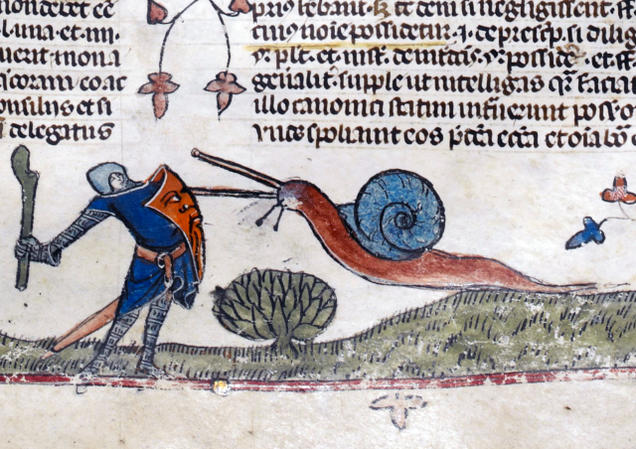
See the whole thing and more here.Īnd having got everything ready, it was then only the setting out the illumination, laying the gesso, applying gold and then painting bringing everything to life and with wonderful colour. Watch the process here. This film clip explains the process, including the equivalent of a hole in one! It can be tricky removing the egg yolk from the egg sac, but when this was being filmed, it worked with the very first egg! Here it is with the knife being withdrawn and the yolk falling out at the bottom. Traditional either glair, the egg white or the egg yolk was added. These pigments have no natural adhesive (apart from saffron interestingly!) and so this needs to be added. There’s more on this link, including dragon’s blood! And Tyrian purple and carmine came from animals. Woad and indigo are from vegetable sources along with madder. A very similar blue, but much cheaper was citramarine. Perhaps the most famous is ultramarine, as Cennini Cennino called it ‘perfect, beyond all other colours’. Pigments used in illuminations came from animal, vegetable and mineral sources. There’s more on setting out a manuscript page here. Here the ‘point’ would actually be a triangle shape and this can be seen in some manuscripts. On occasion, the lines would be set out using a ruler and lead point (or similar) and then the positions marked using the tip of a knife (perhaps a penknife).
#Snales in medieval manuscripts skin
Having cut pieces of skin to size for writing, the page needed to be set out, and often dividers – similar to sets of compasses, but with a point at the end of each leg – were used as it was easier to mark the exact positions of the guidelines in this way.

In this clip I explain about the differences between the hair and flesh sides of vellum and also the qualities of other types of skin. The writing surface was vellum or parchment – calfskin, sheepskin, goatskin or ever deer on occasion. It’s the tannic acid from the galls reacting to copperas (iron sulphate) that creates a dark liquid, and which needs an adhesive, in this case gum Arabic, to ensure that it adheres to the writing surface. Ink was usually made from oak galls, although in fact peach, cherry and apricot stones can also be used but give a less dense colour.

#Snales in medieval manuscripts how to
There’s more on quill knives and how to cut a quill on my website on this link. Indeed, penknives today (the clue is in the name!) still always have a curved blade. I always use penknives which have curved blades as the curve rolls over the slight curve in the barrel of a feather to cut the nib tip, whereas a straight blade tends to squash the feather.

The first film features the pen used for the writing, which, of course, was usually a quill cut from the feather of a large bird. The films are now on the British Library’s and the Bibliotèque nationale’s websites (the latter being dubbed into French) and sections of the films were also used in the fantastic 2017–2018 Anglo-Saxon Kingdoms exhibition at the British Library.

They were keen to show how those manuscripts were made, and so it was on two very hot days in the summer of 2017 that Dr Alison Ray, filmer Jan and I spent many hours recording those processes. It really was a great joy and privilege to be part of the great Polonsky Project, which was a joint venture between the British Library and the Bibliotèque nationale in Paris to digitise manuscripts which from before the year 1100.


 0 kommentar(er)
0 kommentar(er)
